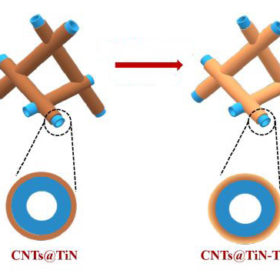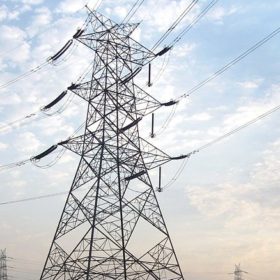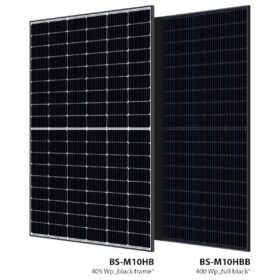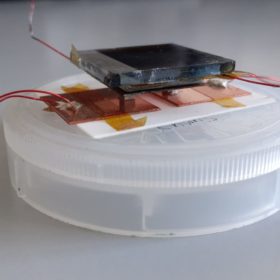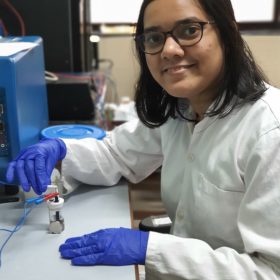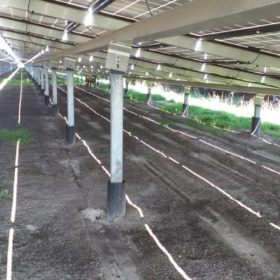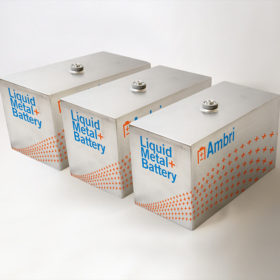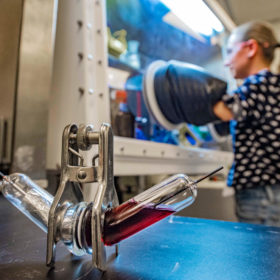Lithium-sulfur battery with shorter charging time, longer lifespan
Japanese scientists have developed a new lithium-sulfur battery by using titanium oxide and titanium nitride to prevent the formation of polysulfides during the fabrication process. This allows the battery to retain 85% of its capacity after 500 cycles at 2 C.
The substantial sustainability benefits of smart meters
Power generated by renewable sources and corresponding action taken by business layers is not predictable. So it’s imperative that the latest controls are leveraged in the service of smart grids.
German manufacturer unveils 10-busbar, half-cell PV modules
Bauer Solartechnik GmbH has released its new 400 W and 405 W BS-M10 PV panel series for rooftop projects.
Recovering waste heat from solar cells via a thermoelectric generator
Scientists in Italy have created a hybrid thermoelectric photovoltaic (HTEPV) system based on a thermoelectric generator and a wide-gap perovskite solar cell. The device is able to recover waste heat from the PV unit and produce additional power. According to its creators, this configuration needs large gap cells as these are less sensitive to temperature in terms of efficiency.
IIT Bombay researchers increase hydrogen yield three-fold using a 19% energy-efficient method
The researchers showed a premagnetized carbon-cobalt catalyst interface could deliver up to 650% enhancement in electrocatalytic kinetics of hydrogen evolution reaction. The synergistic interface was able to sustain magnetization, and thus rapid hydrogen evolution rate, for prolonged time periods.
Novel design for east-west solar parks reduces soil deterioration
Researchers from the TNO in the Netherlands have proposed two novel east-west PV plant designs that are claimed to increase soil quality underneath the solar panels. Both approaches are said to provide a 77% ground coverage ratio, which compares to a 90% ratio in conventional east-west oriented projects.
Hyundai and UL ally to give EV batteries a second life
The two agreed to advance safe deployment and use of second-life battery energy storage systems.
Reliance New Energy Solar to invest in US-based liquid metal battery firm
The clean energy arm of Reliance Industries Limited will invest US$ 50 million in MIT-incubated Ambri. As part of the transaction the two companies will also partner to develop and manufacture liquid metal batteries in India.
Sandia researchers develop new grid-scale energy storage battery
The battery operates at 230 degrees Fahrenheit, opening what researchers said could be “a whole cascading cost savings” including everything from less expensive materials to less insulation.
The long read: The effects of perovskite solar cell defects
Mónica LiraCantú leads a research group investigating nanostructured materials for photovoltaic energy at the Catalan Institute of Nanoscience and Nanotechnology (ICN2). Recently, her group led a project that looked deep into the crystalline structure of a perovskite solar cell, revealing new information about the formation of defects in the material and how they could be engineered to improve both efficiency and stability. pv magazine caught up with the Barcelona-based scientist to discuss the state of the art in perovskite solar cells and remaining challenges on the road to commercialization.
